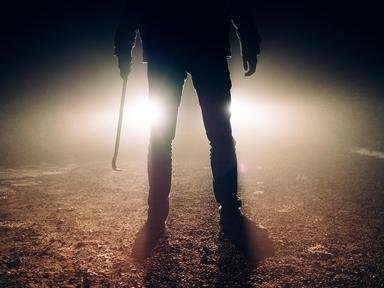Quiz Answer Key and Fun Facts
1. What was the real name of the man unveiled as The Yorkshire Ripper?
2. How long from the first Ripper-attributed murder did it take for the police to get their man?
3. The Ripper's attacks only took place in Yorkshire.
4. When the Ripper was first interviewed by the police following the murder of Jean Jordan in 1977, what was the piece of evidence that led them to him?
5. In 1978, the West Yorkshire police started receiving letters and tapes from a man, which led them to search for the killer in a different area than Yorkshire. What was the nickname of the hoaxer?
6. In September 1980, West Yorkshire Police circulated a report to all forces as to what the common Modus Operandi of the Ripper was. Which of the following was NOT one of the common elements of the known cases?
7. When Marguerite Walls was murdered by the Ripper in August 1980, the investigating officers announced "We do not believe this is the work of the Yorkshire Ripper." Why were they misled?
8. The Ripper confessed to his crimes in police custody in January 1981. For what offence had he been arrested initially?
9. What, at his trial, did The Yorkshire Ripper claim was the motive for the killings?
10. For how many murders was The Ripper convicted at his trial?
Source: Author
Snowman
This quiz was reviewed by FunTrivia editor
DakotaNorth before going online.
Any errors found in FunTrivia content are routinely corrected through our feedback system.

